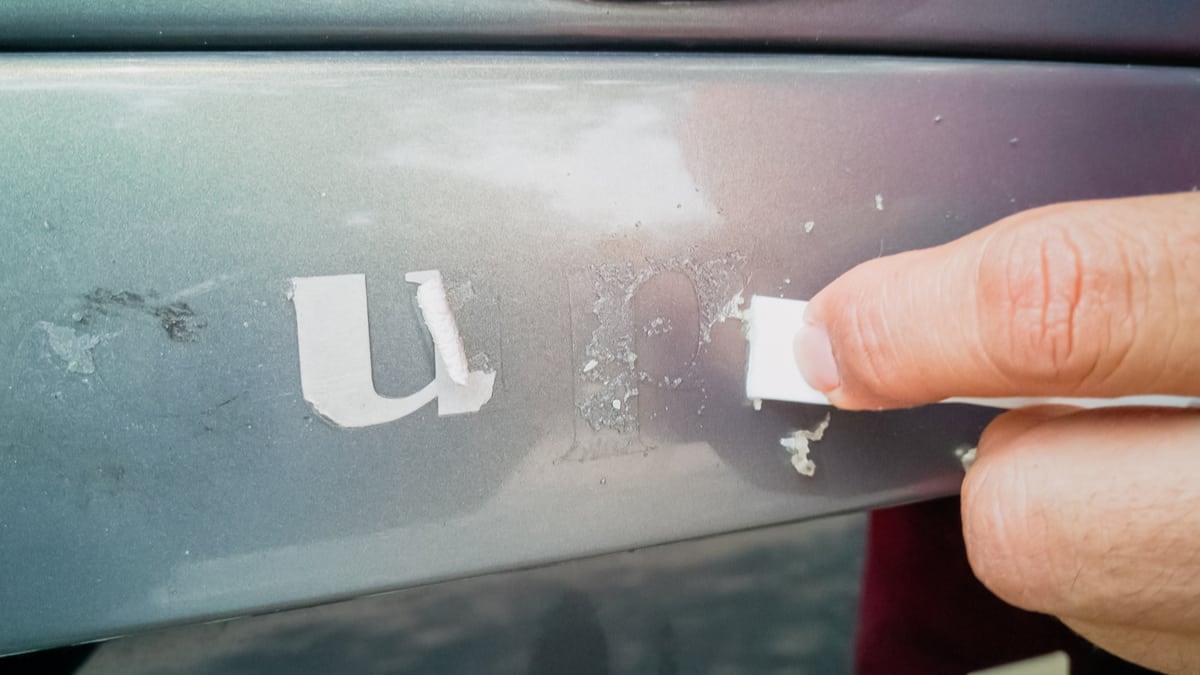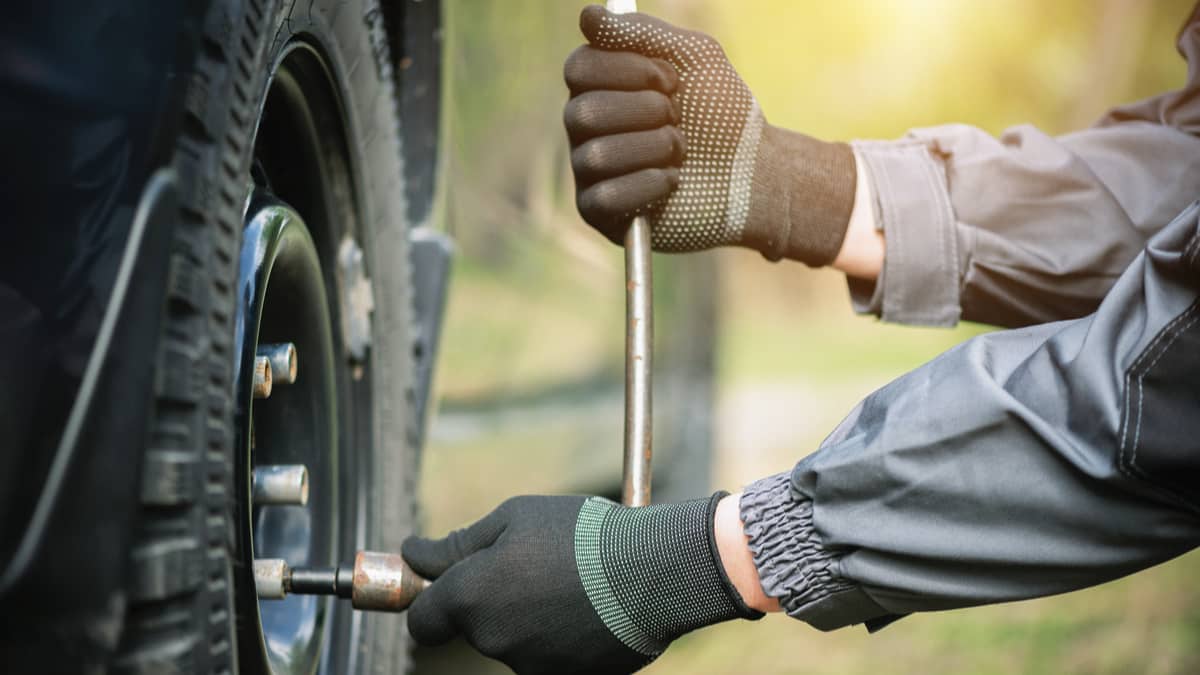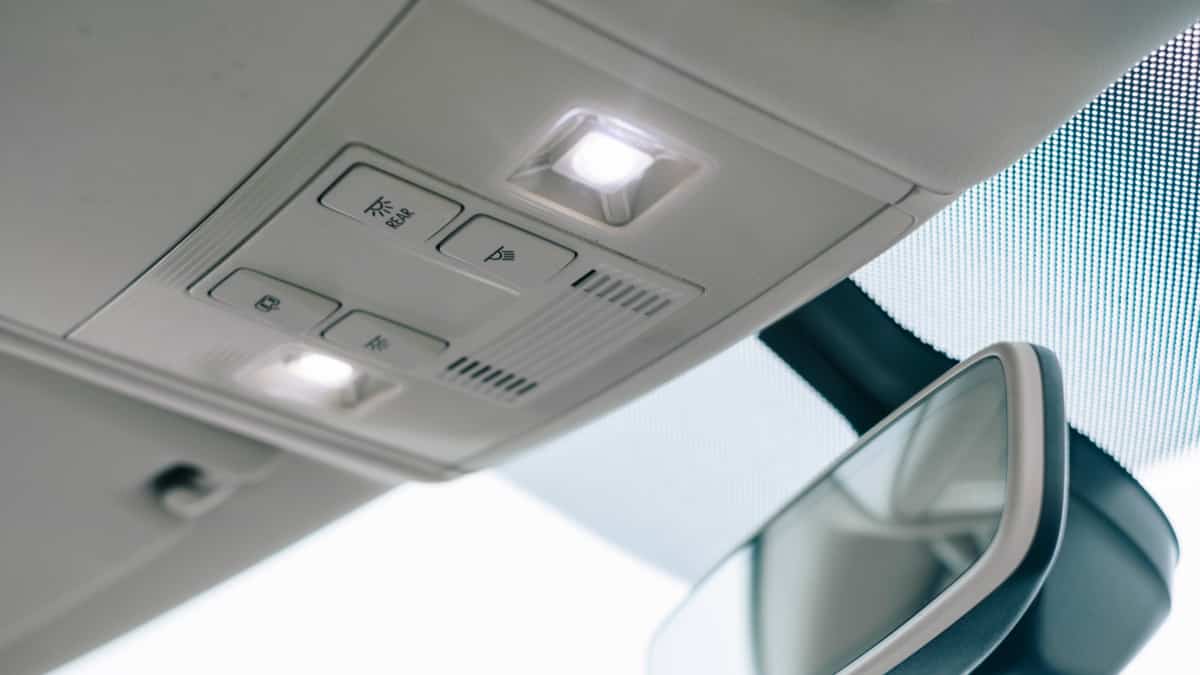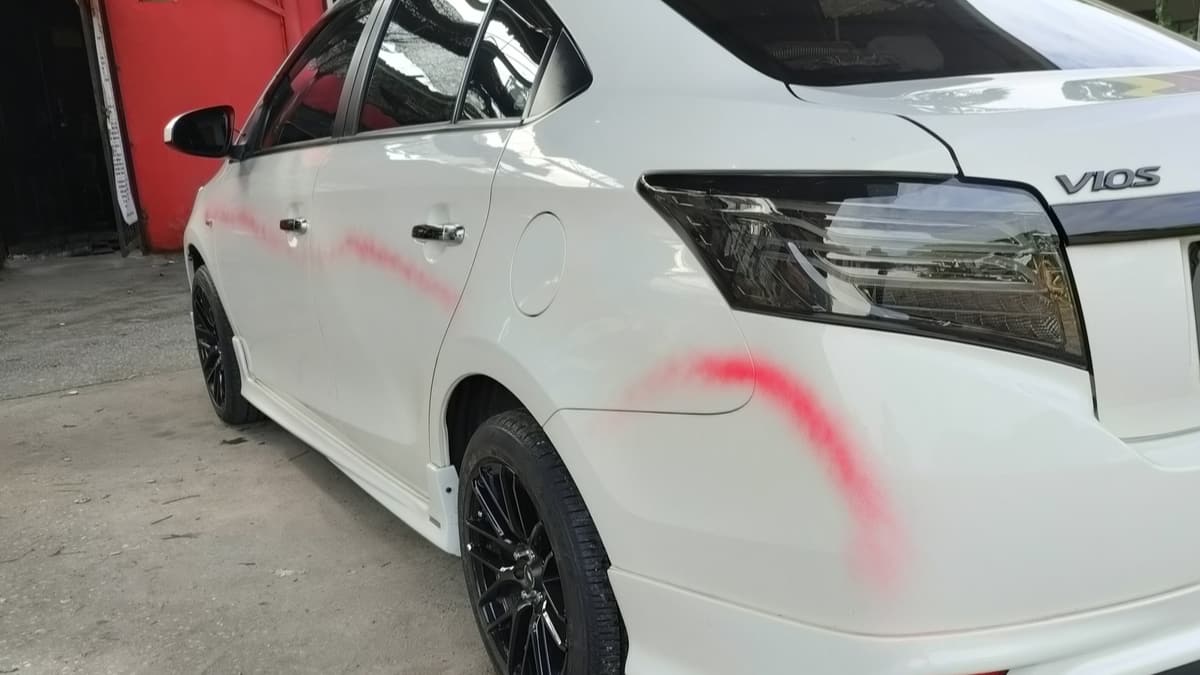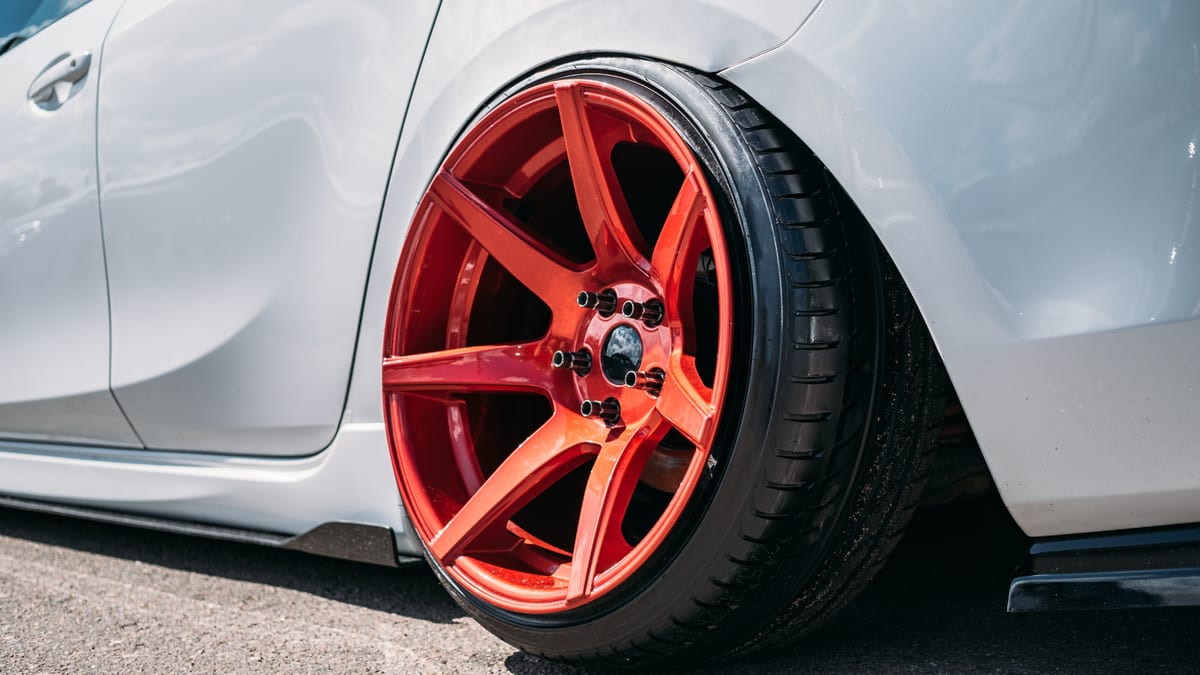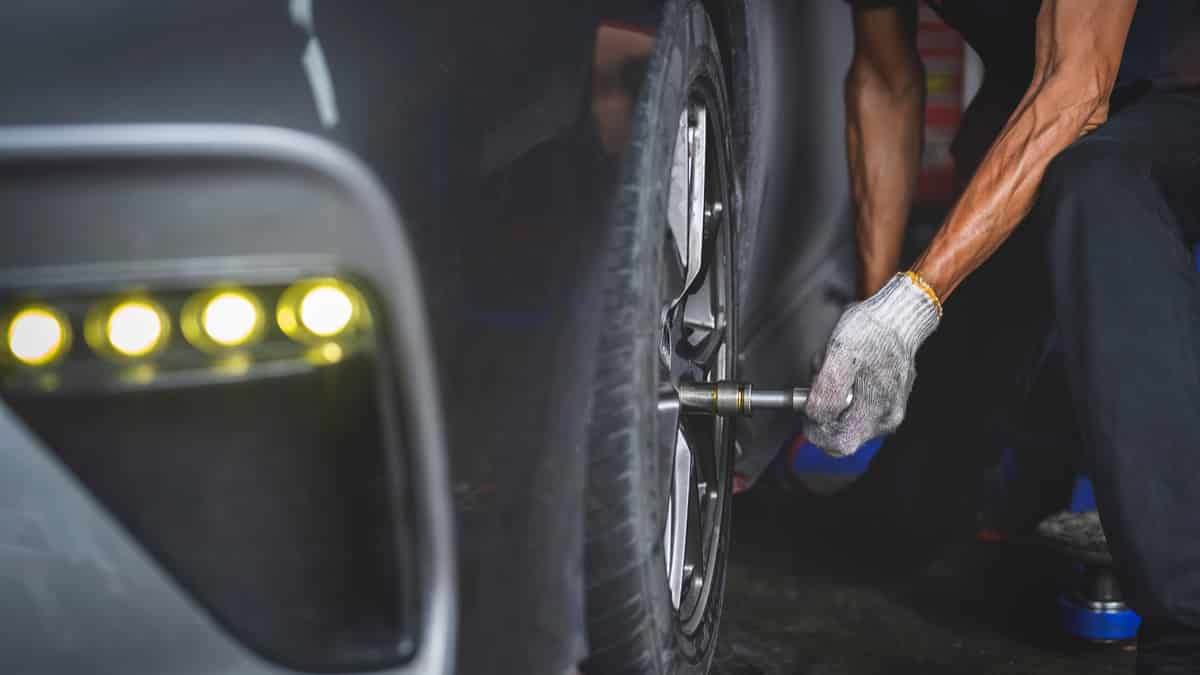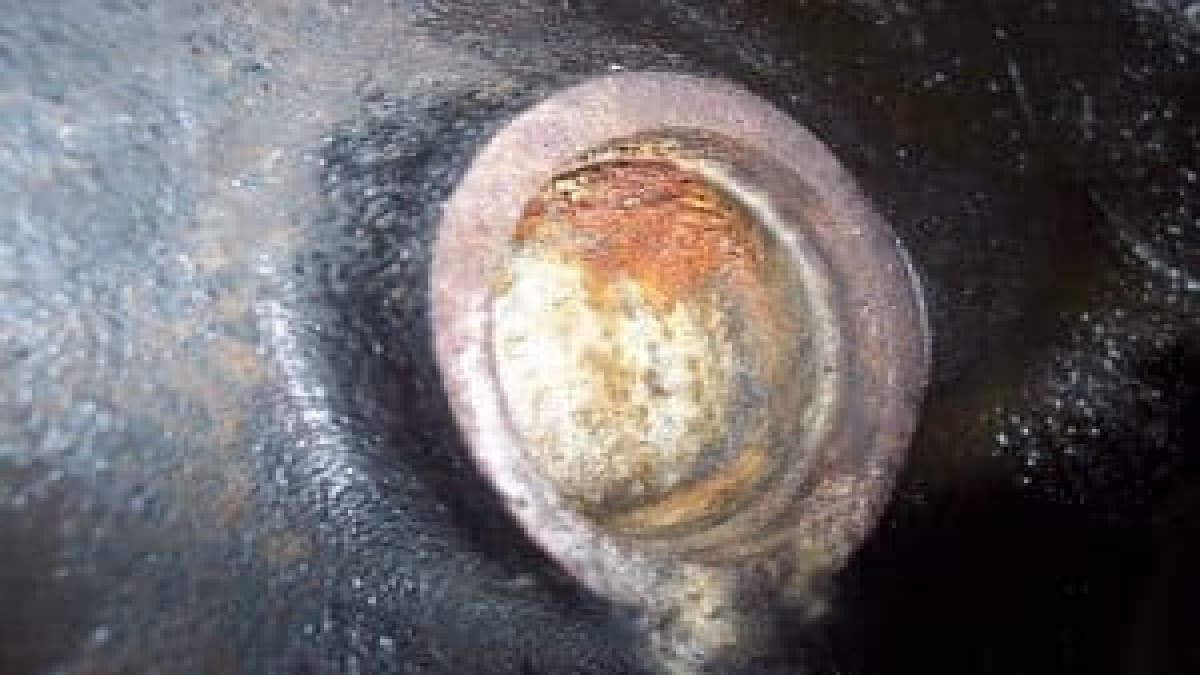If you get in the car and smell dirty gym socks, there are several things that could be happening. Either your kids left their old clothes sitting around in the car or you have mold growing in the cabin.
For your health and the sake of passengers riding with you, it’s essential that you figure out how to fully remove mold from your car interior.
In this article, we look at the danger of mold growth in the car. We also discuss ways to remove it and steps you should take to prevent it from occurring again.
Is Mold Dangerous in a Car?
Mold is a form of fungus that grows over time. It occurs because of an increase in moisture and temperature. Mold can be extremely dangerous for certain people to be around. If you have any lung disease, skin ailment, suffer from allergies or have a compromised immune system, it can be detrimental to your health to be around the mold.
Even if you have no health concerns, mold can cause a reaction. The most common symptoms from being around mold include nasal congestion, wheezing, shortness of breath, a fever, eye irritation or a skin rash.
How to Remove Mold From Your Car Interior
You can use several at-home remedies to remove mold from your car’s interior. Consider using a salt mixture or applying white vinegar to the affected areas. You can also use clove oil if you don’t want to invest in specialty products, although there are several good commercial-grade options available.
Here are some more detailed methods of how to remove mold from your car interior:
1. Salt
Gather non-iodized salt and a spray bottle. You will also need some water and a vacuum to clean the mold. Salt provides an effective clean because it dehydrates and starves the mold, making it easier to remove.
- Vacuum the area affected by mold. Try to get all of the surface mold up without grinding it into the material any further.
- Make a salt mixture by mixing some in a bucket of water. Add this water mixture to a spray bottle or you can dip a sponge into the bucket.
- Scrub the moldy area lightly. Get around the area as well, in case the mold has grown without you noticing.
- Allow the salt mixture to dry onto the surface. You can place the car in direct sunlight to speed up the process.
- Vacuum the salt mixture up from the surface.
- If you still notice mold, repeat the process again.
Using a salt mixture is best if the surface area isn’t too large. If you are dealing with a massive growth, you might choose one of the other options instead.
2. White Vinegar
For this method, you will need some distilled white vinegar and a spray bottle. You also need a vacuum and a bucket of water.
- Vacuum the affected area first.
- Add distilled white vinegar to your bucket of water. The best mixture is two parts water to eight parts vinegar. You can also use straight vinegar if the area is deeply affected.
- Apply your mixture with the help of a spray bottle or you can dip a sponge in the bucket.
- Scrub it into the area for 15 to 20 seconds.
- Allow the affected area to dry in the sun for 15 minutes. Keep the windows down to ensure the vinegar smell dissipates.
- Vacuum the affected area. If there is still a strong vinegar smell, you can apply a small amount of baking soda. After it sits for a few minutes, vacuum the area again.
Because vinegar is acidic, it is going to burn up the mold and kill it. You can use vinegar on most surfaces, including vinyl, cloth or leather. It’s also handy if you are dealing with larger areas.
3. Clove Oil
For this method, you will still need a vacuum, spray bottle and water. However, instead of salt or vinegar, you are going to use a small amount of clove oil. This oil has been used to treat various health ailments for centuries because of its antiseptic properties. However, it’s also effective at getting rid of mold and preventing any future growth.
- Vacuum the affected area.
- Apply a ¼ teaspoon of clove oil to a bottle of water. Spray a small amount on the area.
- With a cloth, blot the area and scrub it down gently.
- Allow it to dry completely for at least 15 minutes.
- Vacuum the spot again.
If the mold is severe, you can use some clove oil drops mixed with baking soda until it becomes a paste. Scrub the area well with a toothbrush and let it dry before vacuuming it. You can also use these products on a variety of surfaces, such as vinyl or leather seats.
4. Special Cleaners
If you aren’t looking to come up with a natural remedy for your mold situation, you can opt to purchase a special product instead. For most products, you simply need to spray them on the mold and wipe them off after a few minutes.
The majority of products are going to have some level of toxicity, so be careful when you use them. It’s also important that you only use it on appropriate surfaces. Make sure it’s meant for your vinyl, fabric or leather surfaces before you apply it. Also, follow every instruction laid out by the manufacturer carefully.
Prevent Mold Growth in Cars
1. Avoid Moisture
Humidity and moisture are the leading culprits of mold growth. By taking steps to prevent moisture, you can ensure no mold grows.
The best way to avoid moisture is to watch where you park. Instead of being out in the open, try to park it in a garage or, at a minimum, put a waterproof cover over the top of it.
2. Keep Windows & Doors Closed
If you leave the doors or windows open, dirt, debris and dust can infiltrate the cabin. Along with these, mold spores can get in.
Keep the windows rolled up. Additionally, check that the doors seal tightly to avoid any contamination of the cabin.
3. Don’t Eat in Vehicle
Your car is not a restaurant and it shouldn’t be treated as such. Avoid eating or drinking on your way to work.
With any spill or food crumb, you invite tiny critters into the cabin. Additionally, spills and food debris lead to more moisture, which encourages the growth of mold and mildew.
4. Keep Car Cleaned
As a car owner, you should always be taking care of your vehicle, inside and out. It doesn’t take a lot of work to keep the cabin in pristine condition, it just takes a commitment. Try to clean out the car every week.
Plus, you should focus on disinfecting the surfaces. Use a disinfectant that contains an antimicrobial agent to kill any mold growth or spores. Pay close attention to the door handles, window buttons, lock buttons, push-button start, gear shifter, steering wheel, infotainment screen, seat belt buttons, glove box, center console, armrests and other surfaces that are regularly touched.
Categories: Cleaning & Detailing, Guides


